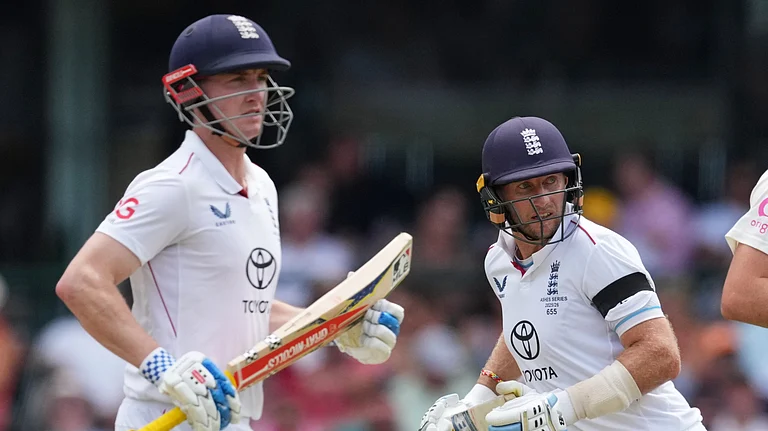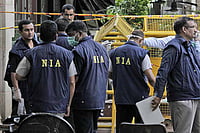In a relentless downpour, New York City faced widespread disruptions on Friday as a staggering 7.25 inches of rain inundated the metropolitan area, marking one of the city's wettest days in decades. The deluge, fueled by the remnants of Tropical Storm Ophelia and a mid-latitude system, wreaked havoc on transportation, flooding streets and overwhelming infrastructure.
By nightfall, parts of Brooklyn experienced a record-breaking 7.25 inches of rainfall, with some areas seeing 2.5 inches in just a single hour. John F. Kennedy Airport recorded 8.65 inches of rain, surpassing its September daily record set during Hurricane Donna in 1960, according to the National Weather Service, AP reported.
The torrential rain prompted swift action from Governor Kathy Hochul and Mayor Eric Adams, who declared states of emergency and urged residents to exercise caution. The memories of Hurricane Ida's devastation two years ago, which claimed lives and flooded basements, were revived, although no severe injuries or deaths have been reported so far from Friday's storm.
Transportation services bore the brunt of the deluge, with virtually every subway line experiencing disruptions, reroutes, or delays. Metro-North commuter rail services were suspended, while the Long Island Rail Road faced significant snarls. Bus services, including 44 stranded buses, were disrupted citywide.
Governor Hochul and Mayor Adams advised people to stay put, but schools remained open, posing a challenge for students and adults navigating the heavily affected transportation routes. Grand Central Terminal witnessed long lines as stranded commuters sought alternatives.
In addition to transportation chaos, flooding affected various parts of the city, with drivers abandoning vehicles on the FDR Drive, a major Manhattan artery. Waterlogged conditions led to the closure of LaGuardia Airport's refueling area, temporarily halting flights and shutting down one of the terminals for several hours.
Beyond infrastructure, the storm took a toll on education, forcing the evacuation of a Brooklyn school due to a smoking boiler, possibly caused by water ingress. Other schools faced challenges in managing flooded classrooms.
The storm's impact extended beyond the city, with neighboring areas such as Hoboken, New Jersey, also grappling with flooding. New Jersey Governor Phil Murphy called for the closure of state offices, emphasizing the severity of the weather conditions.
Meteorologists attributed the unusual intensity of the storm to the convergence of Tropical Storm Ophelia's remnants and a westward-arriving mid-latitude system. Climate scientists noted that despite cooler ocean temperatures, a warmer atmosphere contributed to the storm's intensity, highlighting the increasing frequency of extreme rainfall events.


























